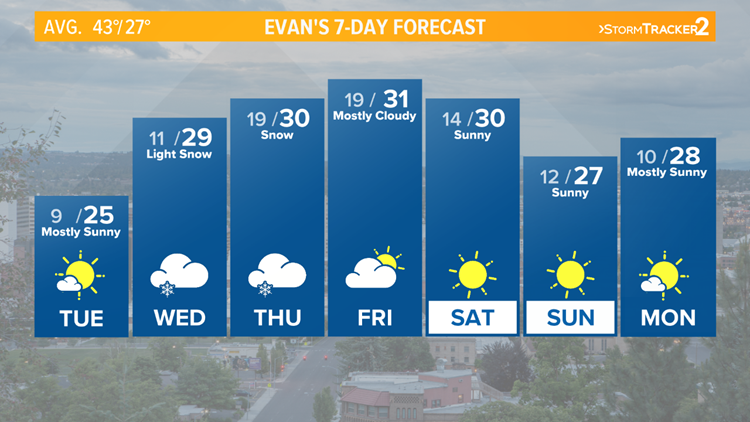


SPECI data will have a bold timestamp and be highlighted in yellow.If the station is a federally owned ASOS/AWOS, METAR and SPECI data will be included.If "Yes" is checked, the page will only display data where the observation time stamp has between "51" and "59" in the minutes field for NWS/FAA observation platforms (to include any "SPECI" observations/data - with the date&time stamp highlighted in yellow), and between "56" and "04" for all other platforms.

Hourly Data: By default, the page will display all data for a given time period.Observation Type: The page will display coded Meteorological Aerodrome Reports (METAR), and Special Reports (SPECI).Gather Historical Data: When "On" is checked, you will be able to select the starting and ending dates you are interested in getting data for (limit of 30 days).See Chart: Toggle "on" or "off" the data chart.Page Headers: Select how much of the "top" of the page you'd like to see.Number of hours: Up to 720 hours (30 days) of data can be displayed on this page.Units of measurement: toggle between "standard (with speeds in mph)", "standard (with speeds in knots)" and "metric" measurements.Mouse over Chart Headings to reveal Magnifying Glass, Then Click for ChartĬlicking the "Settings" icon will open an area where you can select different viewing parameters. Note: Data availability varies by station. The following weather elements are available for viewing in a chart. If a "magnifying glass" cursor appears, it means that if you click on that heading, data for that element will load into the chart. To view charts for additional elements, using a mouse, move the cursor over the element headings. Example 2: A station that reports 4 times an hour will begin trimming data after 250 hours.After 76 hours, data will be trimmed in the chart. Example 1: A NWS ASOS reports 12 - 13 times an hour.If you require high resolution charts, the "Historical Data" option will be helpful. Therefore, data will be trimmed when it exceeds 1000 datapoints, and will then display every 2nd, 3rd, etc point. For longer duration datasets, with multiple reports per hour, this will exceed the charting capability. The chart has a limitation where 1000 data points per element can be displayed. If a station has not reported any of those elements during the requested period, no chart will be available. Note that the link will be good only for 168 hours after hte product was initially issued.The default station chart contains Temperature, Dew Point Temperature, and Relative Humidity. To link to a specific instance of a product, click "Link to this Version", to the right of the "Older/Newer" buttons. If you specify a version where the number is greater than the number of available versions, the oldest version of that product will be displayed. Note: version 0 is the most current version. You can add &version=xx (where xx is a number) to the url to load the page with a specific version of a product. Note: The date/time in the drop down menu is relative to the time zone you are in, which is not necessarily the time zone from which it was issued.

When the product loads, you can select older versions of the product by selecting them from the drop down menu, of by clicking the "Older Version"/"Newer Version" buttons. The text product database that this page relies on contains products that were issued in the past 168 hours (7 days).


 0 kommentar(er)
0 kommentar(er)
